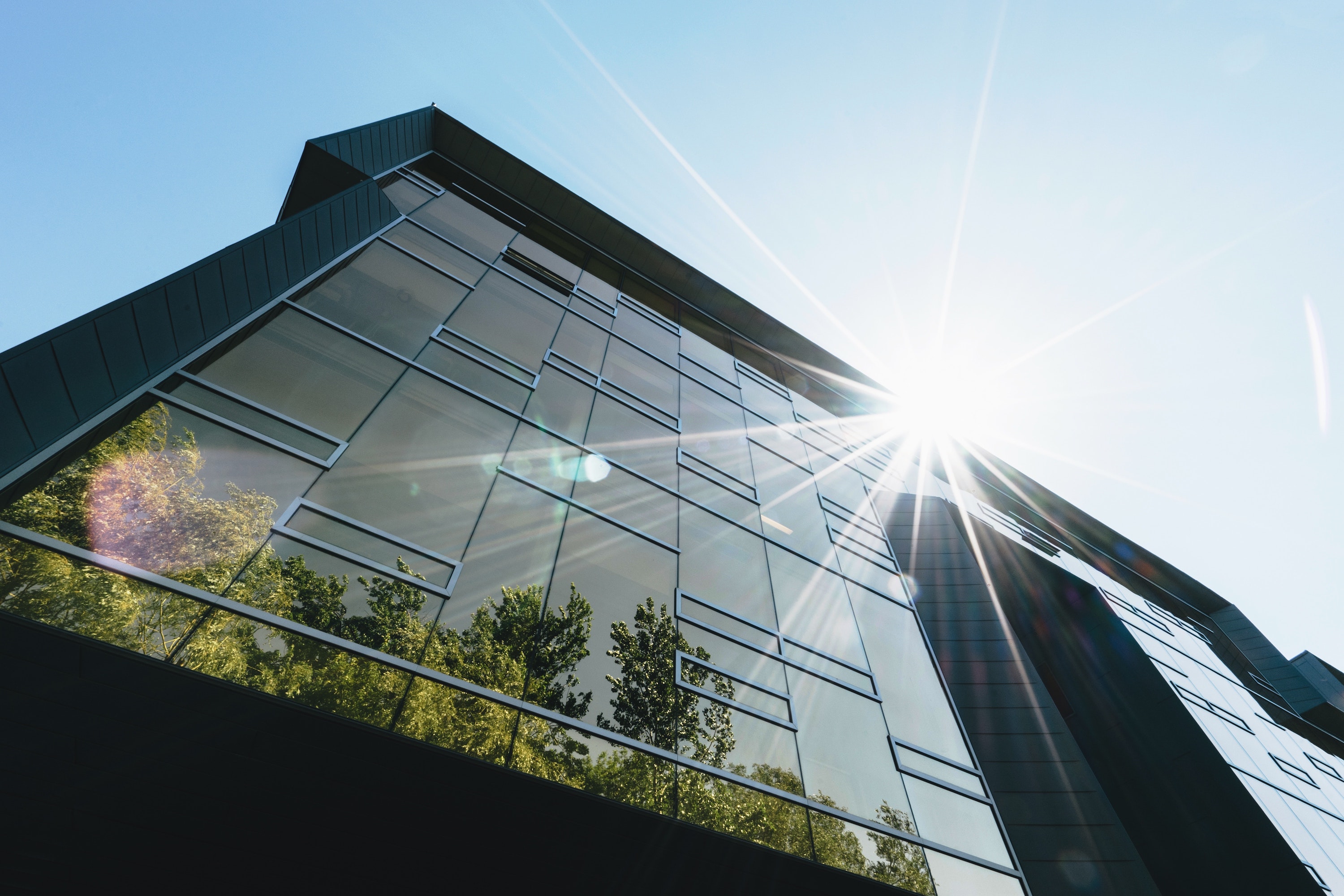Sustainability is an increasingly important factor in commercial real estate, and a recent survey conducted by CBRE has revealed just how seriously the industry is taking it. The survey gathered responses from over 500 commercial real estate professionals around the world and found that environmental, social and governance (ESG) criteria were all considered when assessing a property.
One of the most revealing findings was that almost half of respondents would reject a deal if the building lacked features to reduce energy consumption. Energy efficiency is seen as a key to achieving sustainability goals in real estate, with many investors willing to walk away from deals if these goals are not met. And with the U.S. Securities and Exchange Commission (SEC) planning to move forward on stringent climate-change disclosure regulations for publicly-traded companies, investor pressure on building operators to deliver sustainability improvements will continue to grow.
The built environment is responsible for nearly 40 percent of global carbon emissions, factoring in both the energy consumed to power buildings and the carbon implications of building materials. It’s become clear this is simply not sustainable. The real estate sector needs to take decisive steps to address its contribution to climate change.
Fortunately, as the CBRE study clearly shows, that is happening.
Real estate owners share the same planet we all do – they understand the imperative to cut the sector’s carbon emissions. What’s more, investors, tenants, and regulators are all putting pressure on real estate owners and operators to improve the environmental performance of their building portfolio.
Doing Good and Doing Well
Sustainability is no longer a buzzword – it’s just how business is being done.
There is also a growing financial incentive for building owners to focus on sustainability – it adds to the bottom line. JLL found that sustainable buildings have a 6% rent premium and 8% sales premium. Increasingly, greener buildings are viewed as more desirable and more valuable with one report finding sustainable buildings are valued at up to 10% higher than conventional buildings.
Of course, the journey to Net Zero for commercial real estate, hospitals, shopping centers, college campuses and other large facilities is not a straight line. Some sustainability initiatives are easier to implement with much faster ROI. It makes sense to hit the ground running by embracing these new technologies that deliver more benefit more quickly.
One of the best ways to cut a building’s carbon footprint is to reduce energy consumption for heating and cooling. Most large commercial real estate, shopping centers, hospitals and so forth have Building Automation Systems (BAS) to manage HVAC systems and other building functions. While these legacy systems do a good job maintaining a consistent temperature throughout the building, they can struggle when it comes to optimizing energy performance, leading to unnecessary energy consumption and carbon emissions.
There are different ways to tackle this problem. SHIFT Energy uses an energy intelligence platform and machine learning to provide predicative energy management. Leveraging a series of external inputs (electricity rates, Demand Management provisions, event schedules, IoT devices), SHIFT boosts building performance through the existing BAS by optimizing the HVAC system (the biggest consumer of energy in most buildings). This doesn’t require expensive upgrades. Working with existing building equipment, SHIFT can cut energy consumption by up to 20 percent.
There is urgency to the collective task of cutting carbon emissions around the world. Improving energy efficiency in buildings is one way to quickly make progress.

